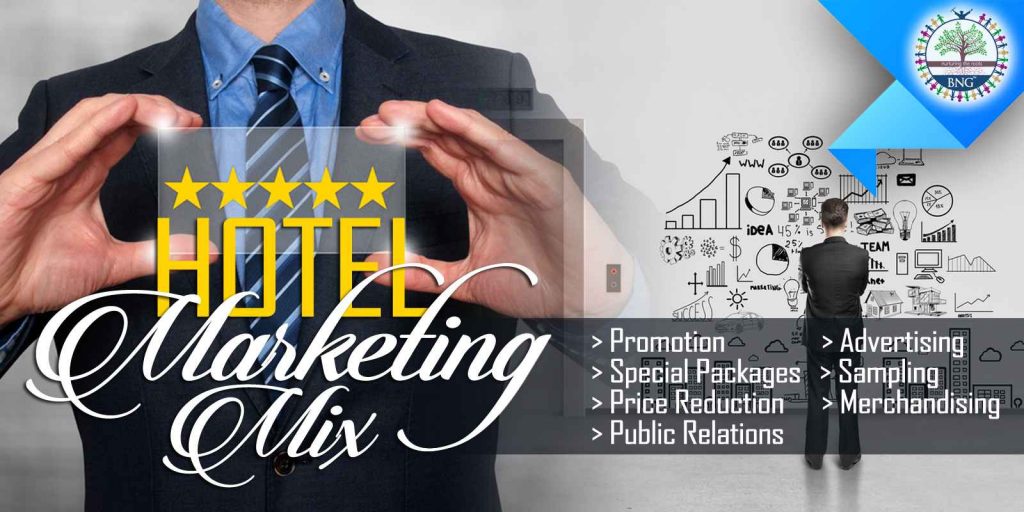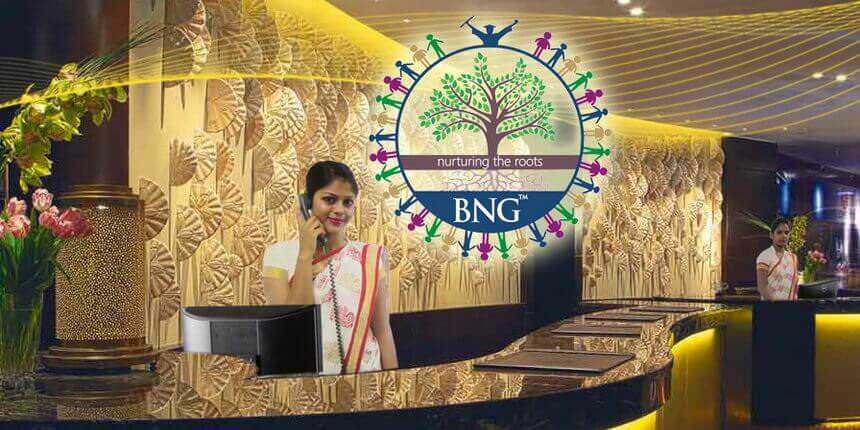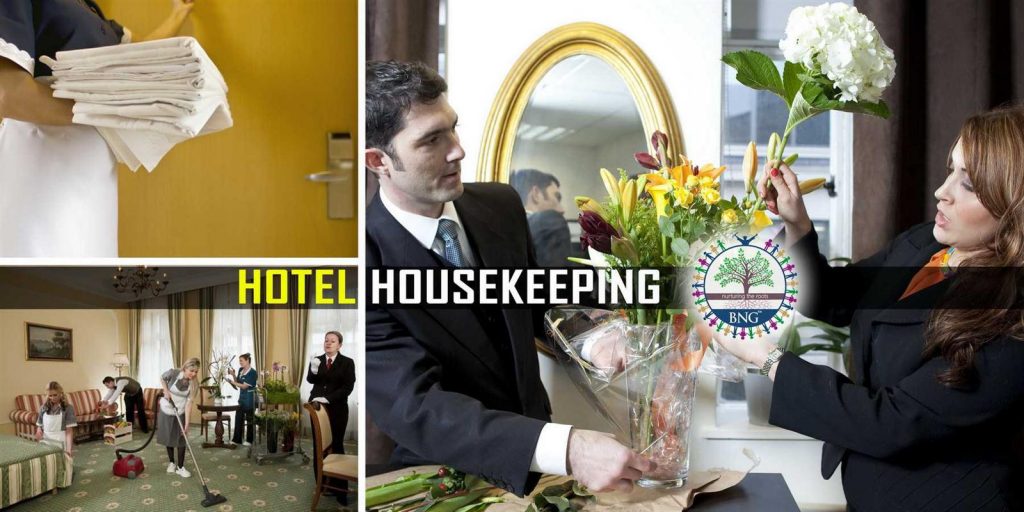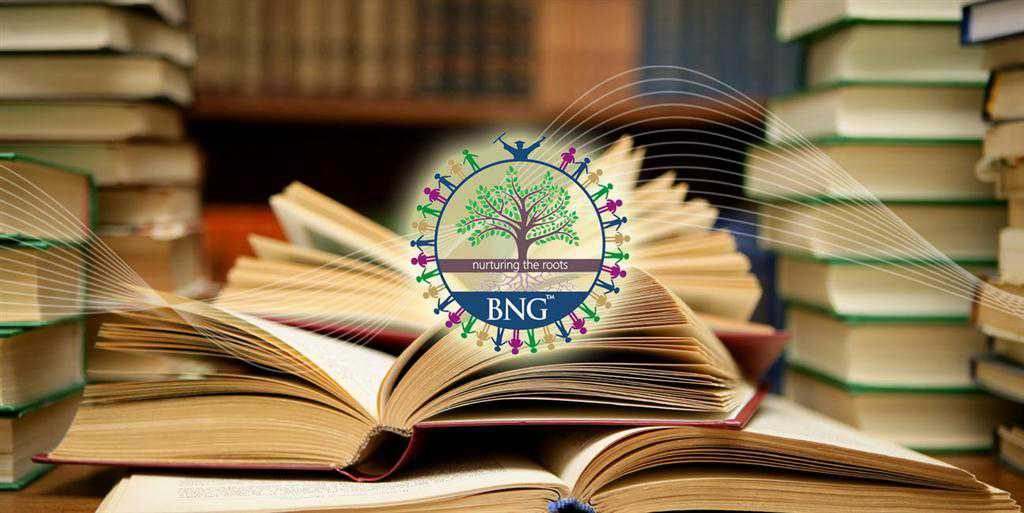Hotel Marketing Mix and Hotel Sales & Marketing
Hotel Marketing Mix is the term used to denote the tools and instruments that the marketer uses to influence demand. It can also be considered as the Four P’s – Product, Price, Place and Promotion.
- Product – The hospitality product can be defined as the set of satisfactions and dissatisfaction which a customer receives from a hospitality experience. The satisfactions may be physiological, economic, social or psychological, as follows:
- Physiological Satisfactions – full stomach, quenched thirst, comfortable bed, warm and subdued environment.
- Economic Satisfactions – good value for money, rapid service, convenient location, and credit facilities.
- Social Satisfactions – enjoyable company, attentive service and sound advice on food and wines.
- Psychological Satisfactions – enhancement of self-esteem, status and security.
The dissatisfaction’s may or may not be under the control of the management.
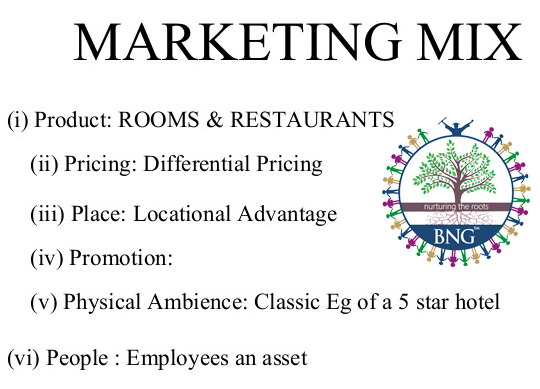
- Controllable – dirty uniforms, unhelpful staff, greasy spoons or cramped conditions
- Uncontrollable – road works, behavior of other customers, or seasonality of some menu items.
- Price – It is defined as the summation of all sacrifices made by a consumer in order to experience the benefits of a product. This definition includes both financial and other sacrifices such as time and energy expenditure.
- Place – It is also known as distribution. The distribution function in hospitality marketing has two dimensions:
- The distribution channel or marketing channel – It is the configuration of organizations and individuals between the hospitality marketer and his potential customer which is used to make the product more accessible and convenient. Each organization or individual is known as a ‘marketing intermediary’ or ‘channel member’. The intermediaries include hotel representatives, travel agents, tour operators, referral organizations, tourist boards, tourist information centers, incentive travel planners, airlines, computerized reservation centers, convention bureau, car rental companies etc.
- Physical distribution which is concerned with issues of location, inventory, warehousing and transportation.
- Promotion – The promotion mix is the set of communication tools which a marketing manager can use to influence demand. It includes :
- Advertising
- Selling
- Sales promotion
- Direct mail
- Sponsorship
- Merchandising
- Public relations
- Publicity
PROMOTION and Hotel Marketing Mix
The main function of promotion is to establish the awareness in the minds of the customers about the company’s product / service. It also establishes a positive value in the minds of customers by communicating with those who have visited the organization.
The Promotional Mix and Hotel Marketing Mix
The four elements of the promotional mix include advertising, sales promotion and merchandising, personal selling and public relations.
Advertising for Hotel Marketing Mix
Advertising is defined as “any paid form of non-personal presentation and promotion of ideas, goods, or services by an identified sponsor”. The purpose of advertising is to motivate the customers to make a repeat purchase or visit by their positive experiences to create the brand loyalty. It can be in the forms of advertisements in newspapers, magazines, hoarding, sides of public transport (e.g. trains, buses, taxies etc.), posters, TV commercials, radio, SMS (short message service), web banners, printed flyers, wall paintings etc. Some forms of advertising are more costly than others, such as TV commercials as compared to newspapers. Some forms have much wider coverage at a relatively low cost. Some forms may be more suitable for a particular product or service. The correct form of advertising must be chosen according to the marketing budget and target market.
Sales Promotion for Hotel Marketing Mix
Sales promotion is about short term incentives to encourage the purchase or sales of a product or service. There are two kinds of promotional strategy: push promotions and pull promotions.
- Push Promotions – Push promotions involve activities that draw guests to your product or service.
Different Promotions Tools Associated with Push Promotions in Hotel Marketing Mix
| Point-of-sales (POS) displays | It is the display at the counters of restaurants or as table tents in the restaurants. The main function of the display is to stimulate increased sales. This include signs, banners to building exteriors, table tents displayed in the lobbies, restaurants, room service menu, elevators and guest rooms.
Example: Hotels and restaurants frequently use POS to announce special promotional events like kebab festival, biryani or lassi festivals etc. Banners and posters are displayed to promote the sales during these events. |
| Cooperative advertising | It is a joint marketing activity with select intermediaries, it requires team work and advertising cost can be shared.
Example: For hotels, cooperative opportunities are most likely to be transportation companies such as cruise lines, airlines, rail lines. |
| Special Packages | This is common for tourist destinations and or hotels that cater to the MICE industry.
Example: Special packages offered by resorts, hotels, and convention centers to attract conferences and meetings with a large group of people. Normally the packages include accommodation and meals, but they may also have local tours, attraction admissions, special local events or programs. |
- Pull Promotions – Pull promotions are those activities that an organization brings to the guests.
Different Promotions Tools Associated with Pull Promotions
| Sampling | It is a giveaway of trial amount of a product to the guests, normally in small portions and complimentary. It is commonly used in food and beverage service industry and it is a very efficient tool for promotion.
Example: Supermarkets often feature free samples of new products so that customers are guaranteed risk free of buying something they did not like. |
| Price Reduction Promotions | These occur when price is reduced for a limited time and this encourages trial and increases sales.
Example: Many resorts offer special rates during the low season to increase the volume of business. |
| Coupons | These are vouchers or certificates that offer the savings to guests and stimulate the guests to purchase the product. Some coupons are sent to guests by direct mail, some are placed in newspapers and magazines.
Example: Many pizza takeaways or restaurants offer savings cash coupons in newspapers. |
| Combination offers or bundling | It is the combination of two or more products or services and offering for a special rate. The cost for the combination offers is normally cheaper compared to the products or services bought separately.
Example: Pizza Hut offers a family value combo meal with pizza, pasta and soft drinks which cost cheaper than each item separately. |
| Contests and sweepstakes | It is a way to give guests a chance to win prizes in the form of cash or even vacations. A contest is to encourage guests to make a purchase of the product and submit an entry to the contest.
Usually the guests have to earn their prizes by participating in contests by providing answers to a game or completing puzzles. On the other hand, sweepstakes require entrants to fill in their names and contact details only. Example: Hotel chains like Club Mahindra hold sweepstakes to attract guests and giving prizes. |
Merchandising for Hotel Marketing Mix
It is the eye-catching signage or display to draw the attention of the guests. This includes materials used in-house to stimulate sales such as menu cards, wine lists, tent cards, signs, posters, brochures, meeting planner guides, displays, and other point-of-sale promotional items. For example, restaurants may have tent cards on the dining tables to promote wine of the week or chef’s specials.
Hotel Marketing Mix and Personal Selling
It is a process of face-to-face or telephonic conversation with one or more potential guests for the purpose of making sales. There are three types of personal selling: field sales, telephone sales and inside sales.
| Field Sales | It is also referred to as outside sales or sales calls, where the sales person will have face-to-face meeting with the potential clients to make the presentations. This is the most costly type of personal selling as it involves travel costs. Additional funds also have to invested in the sales support materials, such as laptops for presentations, presentation manuals with photographs, brochures, posters, etc. |
| Telephone Sales | It is also called telemarketing where the communications via the phone lead to the sales. |
| Inside Sales | It is also called the internal selling which is the efforts made when guests are already in the premises, to increase the revenue of a sale. Inside sales is suggestive selling or up-selling where employees suggest or recommend additional or higher priced items. |
Hotel Marketing Mix and Public Relations
The function of public relations is obtaining favorable publicity, developing a positive corporate image, and handling unfavorable publicity, rumors, stories or events. Some companies have in-house Public Relations departments to deal with publicity of the company while others may rely on professional Public Relations companies for a fee.
To achieve publicity, public relations use different means ranging from news releases to photographs, letters and enclosures, house newsletters, speeches and public appearances, posters, bulletin boards, audiovisual materials etc.

